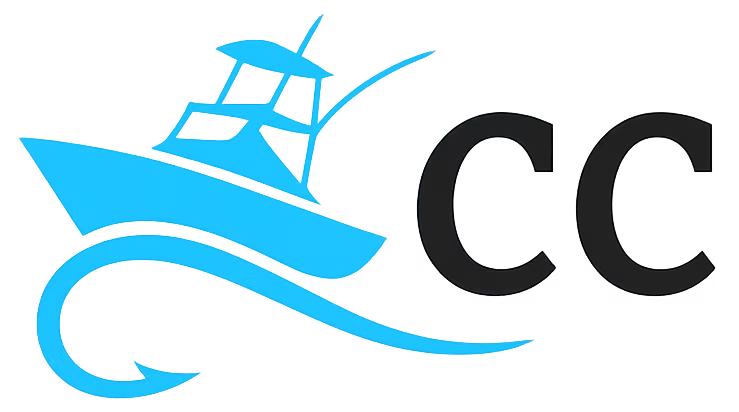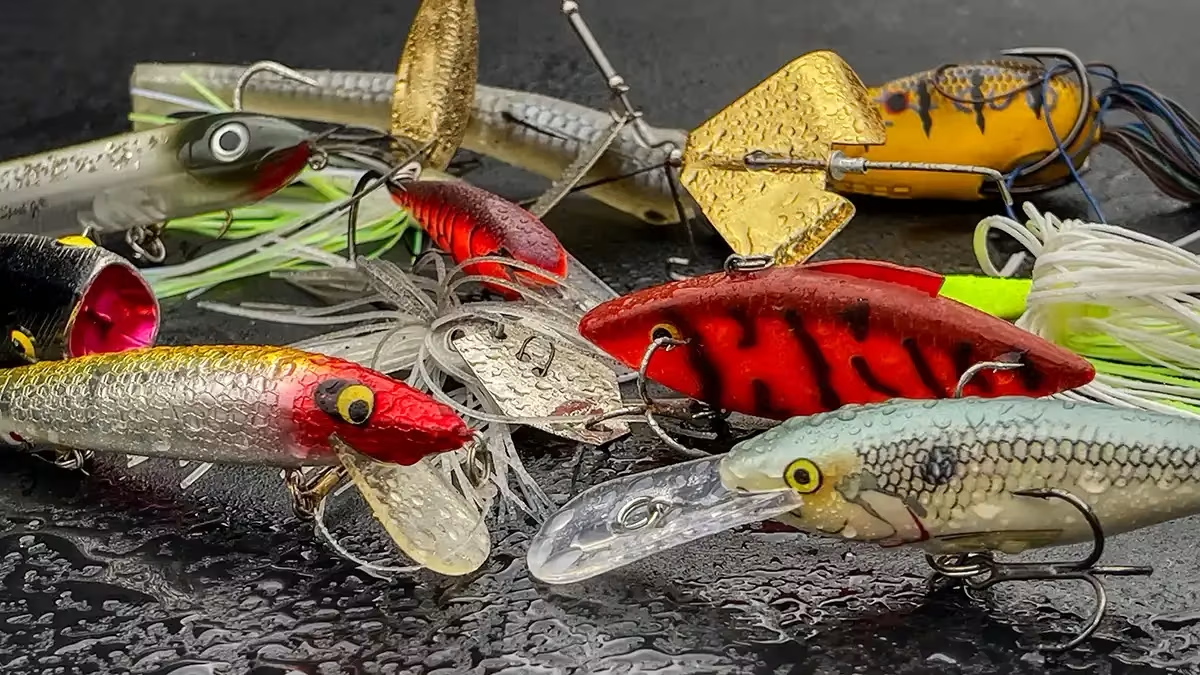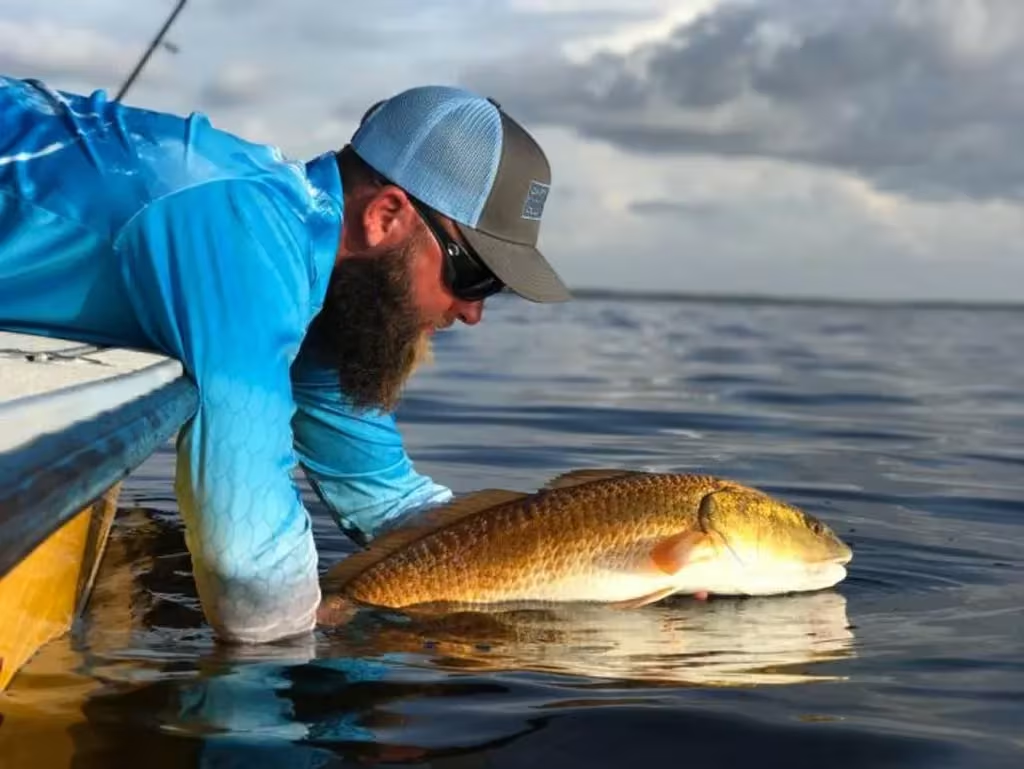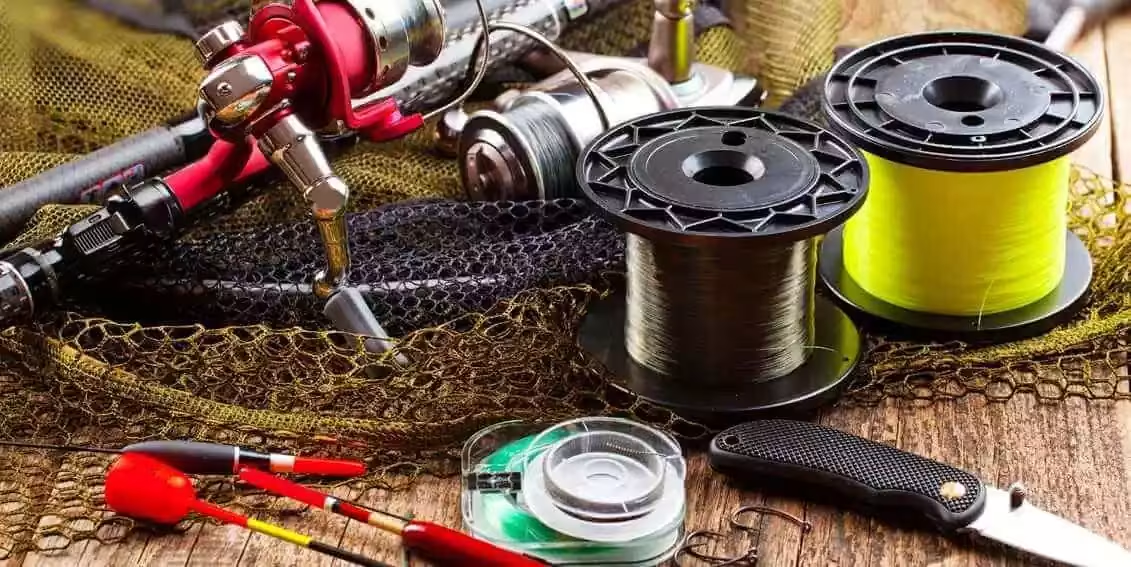Why those first and last 90 minutes matter
Fish are sight-feeders that want an edge on their prey. At civil dawn and again just before sunset, the sun sits at a low angle and scatters long-wavelength light through the atmosphere. Under water that means contrast: baitfish appear as dark silhouettes while the water column around them stays dim. Predators can see well enough to strike, but their prey struggles to spot the attack until it is too late. In clear lakes the bite may start forty-five minutes before sunrise; in stained water it can begin an hour earlier because the light has farther to travel and fades faster.
Prey behavior sets the dinner bell
Insects hatch at the surface when air temperature is within a narrow band. That window often lines up with first light when the overnight low has bottomed out and the sun gives a quick bump of warmth. Baitfish rise to feed on those insects, and game fish follow. In saltwater flats a flooding tide that lands at dawn or dusk is double-trouble for shrimp and crabs: they ride the current toward the grass, lighting up every redfish on the shoreline.
Temperature and dissolved oxygen
Light is only half the story. Around midday a shallow cove can jump ten degrees in a few hours, cutting dissolved oxygen and slowing a bass’s metabolism. At sunrise water has cooled overnight and re-oxygenated through surface diffusion, so fish can burn energy without stress. In midsummer you might see stripers busting shad at dawn, then nothing until the last hour of daylight when surface temps finally dip again. Winter flips the script: cold water is already oxygen-rich, so the prime window is more about prey movement and subtle light changes.
Moonrise, moonset, and the solunar tweak
Many anglers notice a second feed that may not line up with dawn or dusk. Moonrise and moonset shift gravitational forces and can spark plankton movement, which carries up the food chain. If moonrise happens at 3 a.m., expect a mini-flurry even in the dark. When a full moon sets right at sunrise you often see the strongest bites of the month—both celestial cues stack in your favor.
Species-by-species adjustments
- Largemouth bass: Low-light topwater is king. Walk-the-dog bait early, buzzbait late.
- Walleye: Eyes built for twilight let them feed well into the night; extend your dusk session and troll glow crankbaits.
- Tarpon: Rolling fish in a pass need moving water plus low sun. Target the first strong ebb at dawn during a new-moon phase.
- Trout: In clear tailwaters they’ll rise all day if temps stay below 65 °F, but hopper fishing along a grassy bank still peaks whenever the sun slips behind a ridge.
Gear and presentation tips
- Color: Use dark or solid patterns in low light because contrast, not flash, drives reaction. A black jitterbug pops against the dawn sky better than chrome.
- Sound: Rattle traps and popping corks help fish locate the lure when visibility is poor.
- Fluorescent lines: High-vis braid lets you watch slack on the water while the sun is still below the treeline. Tie on a leader if needed for stealth.
- Safety: Keep a headlamp handy and rig rods the night before. Treble hooks and pitch-black decks do not mix.
Planning tools
Free apps like Windy and Navionics list astronomical dawn, sunrise, and tidal swings down to the minute. Pair that with barometric data from your nearest weather buoy and you can map the entire week’s prime windows on a single spreadsheet. A cheap watch with a vibration alarm is worth its weight in fillets when you are glassing a flat and lose track of time.
Putting it together
Fish are slaves to energy budgets. They feed when conditions let them convert calories with the least risk and effort. By matching your schedule to dawn, dusk, and the subtle moon-driven pulses in between, you spend less time casting at empty water and more time fighting fish. Set the alarm, pour the coffee, and be on station while the birds are still warming up their first songs. Your catch rate will thank you.







